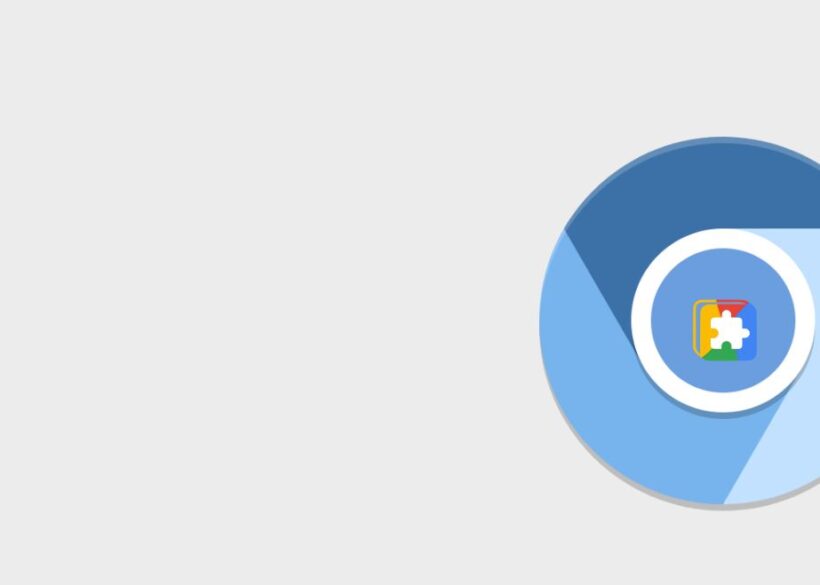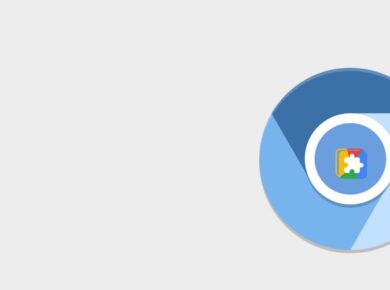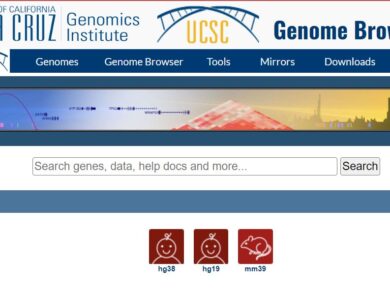Education is rapidly changing in the digital age, thanks to the integration of new technologies and novel teaching tools. Google Classroom is at the vanguard of this change, providing instructors and students with a streamlined, interactive platform for course management, collaboration, and enhanced learning experiences. To fully realize Google Classroom’s potential, instructors must use connected apps and add-ons. These linkages can greatly improve the learning environment by making it more personalized, engaging, and efficient.
Whether you’re a K-12 teacher wanting to produce engaging lesson plans or a school administrator looking to simplify operations, knowing how to use these tools can make a big difference. From interactive learning games like Kahoot! to creative tools like Adobe Express and Figma, the appropriate add-ons may change the way you teach and students learn. This detailed guide investigates the greatest Google Classroom integrations and add-ons, revealing how they can be smoothly incorporated into your curriculum to improve educational outcomes.
Why Google for Education?
Google for Education offers a comprehensive ecosystem that includes Google Workspace for Education, Chromebooks, and a plethora of connected apps. This ecosystem is designed to create a collaborative, interactive, and efficient learning environment. With tools like Google Classroom, Google Meet, and Google Drive, educators can streamline administrative tasks, facilitate communication, and enhance the overall learning experience.
Why Google Classroom Integrations Matter
Integrating external apps with Google Classroom isn’t just a convenience—it’s a necessity in modern education. These integrations allow educators to:
- Enhance Student Engagement: Tools like Pear Deck and Nearpod offer interactive elements that keep students engaged and motivated.
- Simplify Administrative Tasks: Apps such as Clever and Infinite Campus streamline class and grade management, saving valuable time.
- Foster Creativity: Creative tools like Adobe Express and students to express themselves and collaborate on projects in innovative ways.
- Personalize Learning Experiences: Apps like IXL and Formative adapt to each student’s learning pace, providing personalized feedback and support.
- Boost Accessibility: Tools such as Texthelp and SnapType make learning more accessible to students with diverse needs, ensuring an inclusive classroom environment.
How to Get Started with Google Classroom Integrations
Getting started with Google Classroom integrations is straightforward. Here’s a step-by-step guide to help you begin:
- Explore the App Hub: Visit the Google for Education App Hub to discover a wide range of apps that integrate seamlessly with Google Classroom. You can filter apps by category, subject, age range, and more to find the ones that best meet your needs.
- Check Compatibility: Ensure that the apps you choose are compatible with your current Google Workspace for Education setup. Most apps in the App Hub are designed to work effortlessly with Google’s ecosystem.
- Install and Configure: Once you’ve selected your apps, follow the installation instructions. Many apps offer Single Sign-On (SSO) with Google accounts, simplifying the setup process. Configure the app settings to align with your classroom goals.
- Integrate with Classroom: Add the apps to your Google Classroom courses. For instance, you can integrate Pear Deck directly into your assignments to create interactive lessons or use Edpuzzle to embed media into your video lessons.
- Train and Support: Provide training sessions for teachers and students to ensure they understand how to use the new tools effectively. Offer ongoing support to address any issues that arise.
Must-Have Google Classroom Integrations and Add-ons
Here are some top-rated integrations and add-ons that can elevate your teaching and learning experience:
Pear Deck
Pear Deck transforms ordinary presentations into powerful formative assessments. Teachers can add interactive questions and activities to their Google Slides presentations, allowing real-time engagement and assessment. Learn more about integrating Pear Deck with Google Classroom.
Kahoot!
Kahoot! brings gamification into the classroom, making learning fun and interactive. Teachers can create quizzes and interactive lessons that students can participate in from their devices. This tool is perfect for reviewing material and keeping students engaged. Discover how to use Kahoot! with Google Classroom.
Adobe Express
Adobe Express enables students to create stunning visual content, from graphics to web pages and videos. This tool fosters creativity and helps students develop digital literacy skills. Find out more about Adobe Express for education.
Figma
Figma is a collaborative design tool that allows students to work together on projects in real time. It’s excellent for subjects that require visual representation, such as art, design, and technology. Learn how to integrate Figma with Google Classroom.
IXL
IXL provides personalized learning in math, language arts, science, and social studies. Its adaptive learning platform helps students master skills at their own pace. Discover the benefits of IXL integration with Google Classroom.
Benefits of Integrating Apps with Google Classroom
Integrating apps with Google Classroom offers numerous benefits, including:
- Enhanced Learning Experiences: Interactive tools and resources make learning more engaging and enjoyable for students.
- Streamlined Workflow: Simplify administrative tasks, such as grading and attendance, with integrated apps that sync seamlessly with Google Classroom.
- Improved Collaboration: Collaboration tools allow students to work together more effectively, fostering a sense of community and teamwork.
- Personalized Education: Adaptive learning tools provide tailored instruction, helping each student achieve their full potential.
- Increased Accessibility: Accessibility features ensure that all students, regardless of their abilities, have equal opportunities to learn and succeed.
Conclusion
Harnessing the power of Google Classroom integrations and add-ons can transform your educational environment, making it more dynamic, engaging, and efficient. By leveraging the right tools, educators can create personalized learning experiences that cater to the diverse needs of their students. Start exploring the Google for Education App Hub today and discover how these integrations can enhance your teaching and learning journey. For more detailed information and to get started, visit https://edu.google.com



